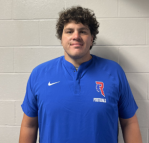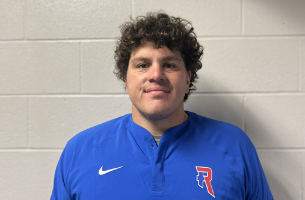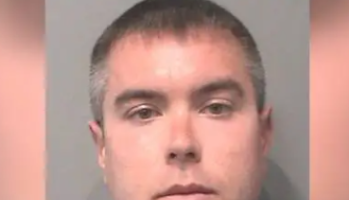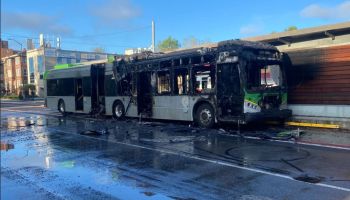(INDIANAPOLIS) — Indiana isn’t expanding COVID vaccine eligibility yet, but health officials have
announced who’s next in line.
The health department had already said people 60 and up will be next — the current cutoff is 65,
except for health care workers, first responders and nursing home residents. Chief medical officer
Lindsay Weaver says the next expansion after that will cover two groups: people 50 and up, and
people younger than that with one of six specific conditions putting them at risk.
Indiana has linked vaccine priorities to people’s risk of dying if they catch the virus. Weaver says
the risk of age alone to this point has outweighed the risks from any underlying health problems.
But Weaver says people under 50 are four-to-10 times more likely to die of the virus if they have
one of a handful of conditions.
Health Commissioner Kristina Box indicated last week the state was looking at transplant
patients, people on dialysis, and people with sickle-cell disease. Those conditions will indeed be
part of the early vaccine group, along with people with Down’s syndrome, people who have
undergone cancer treatment in the last three months, and people with lung cancer, leukemia,
lymphoma, or multiple myeloma.
Box says 50-year-olds may be split into two groups, with people 55-to-59 first and then those 50-54. That’s how the department handled people in their 60s.
For now, 60-year-olds are still waiting their turn, and Box says it’ll be at least another week. She
says the state is watching its inventory of vaccine and the expected weekly shipment of 100,000 doses to make sure nearly a half-million Hoosiers who have already received their first
dose will have their second available.
Weaver says while other ailments, including coronary artery disease and COPD, are also risk
factors, lowering the age threshold to 50 will reach four out of five of those patients. Governor
Holcomb says it’ll also encompass 98-percent of Indiana’s deaths.
Health commissioner Kris Box says the Johnson & Johnson vaccine awaiting FDA approval
has the potential to be the “workhorse” of the COVID fight. Not only would a third vaccine increase
the supply, but the Johnson & Johnson vaccine requires one dose instead of two. Box says that’ll
help with harder-to-reach populations for whom getting them in for a second appointment may be
challenging.
At 85%, the new vaccine is less effective than the 95% rate of the already-approved
Pfizer and Moderna vaccines, but Weaver says that’s still an excellent performance. She notes the
flu shot is considered a success at 60% effectiveness. And Weaver says among those who
still got sick after receiving the Johnson & Johnson vaccine, none died or was hospitalized.
Patients won’t be able to choose which vaccine they receive.
Box says Indiana has the capacity to deliver four times the vaccinations it’s administering now,
once there are doses available to give.













